
E-mail: font@focusonnature.com
Phone: Toll-free in USA 1-888-721-3555
or 302/529-1876
 |
PO Box 9021,
Wilmington, DE 19809, USA E-mail: font@focusonnature.com Phone: Toll-free in USA 1-888-721-3555 or 302/529-1876 |
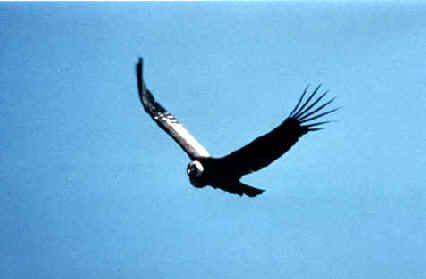 CHILE
BIRDS
CHILE
BIRDS
from Tinamous to Coots
Noting those found during
Focus On Nature Tours
with an (*)
from 1990 thru 2015
during the months
of October,
November, December
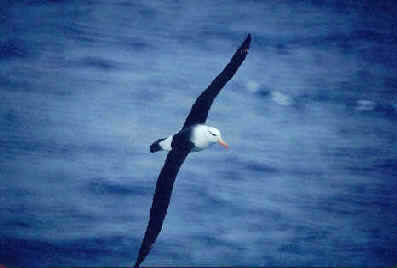
Part 1 of a List of Chile Birds
compiled by Armas Hill,
with some photos
Upper right photo:
ANDEAN CONDOR
Lower right photo:
BLACK-BROWED ALBATROSS
(Both photos by Alan Brady)
Link:
Part #2 of this List of Chile Birds, Thick-knee to Saltator
341 species of birds have been found during
19 FONT birding
tours in Chile.
(3 additional subspecies brings the following list to 344.)
6 of our Chilean tours included only
the areas east of Santiago (in the Andes),
and west to the coast
(Vina del Mar & Valparaiso): these tours either followed
the FONT Argentina
tour, or were before/after tours to Antarctica.
17 of our Chilean tours have included
offshore pelagic trips from Valparaiso.
13 of the tours included: the south
(lake district); 3 of those included Chiloe Island.
10 of the tours included the far-south (Punta Arenas & Tierra del Fuego).
10 tours
included: the far-north (Arica, Putre, & Lauca Natl Park). With tours in the
far-north, there have been (with the exception of 1 time), pelagic trips from Arica.
There have been 2 tours only in far-southern Chile (Tierra del Fuego) in conjunction with the FONT Argentina tour.
Codes:
cc: in
central Chile, including the regions of Santiago, the coast, the Andes, and
south to the Rio Bio Bio
cca: in central Chile, in the Andes only
ccs: in central Chile, along the seacoast only
ccp: during the pelagic trip from Valparaiso only
cc p: also during the pelagic trip from Valparaiso
ci: on Chiloe Island, including the
ferry
fn: in
far-northern Chile, from Arica on the coast up into the Andes
fno: in far-northern Chile only
fnp: during the pelagic trip from Arica only
fn p: also during the pelagic trip from Arica
fs: in far-southern Chile (excluding Tierra del
Fuego)
pnp: in the area of Paine National Park only (in far-southern Chile)
so: in southern Chile, particularly the "lake district"
tf: on Tierra del Fuego
(t): a globally threatened, or
rare, species as designated by Birdlife International
(t1): critical (t2): endangered
(t3): vulnerable
(nt): a near-threatened species
globally
(CHe): endemic to Chile
(CHqe): quasi (nearly) endemic to Chile
(CHr): rare in Chile
(CHvr): very rare in Chile
(CHi): introduced in Chile
(p): during pelagic trips, either from Valparaiso, from Arica, or on a ferry
across the Strait of Magellan or to Chiloe Island
(ph): species with a photo in the FONT website
Additional Links:
Upcoming
FONT Birding & Nature Tours in Chile
Chilean Albatrosses & Other Seabirds (with photos)
Mammals of Chile (with some photos) Butterflies of Chile (with some photos)
Amphibians & Reptiles of Chile (with some photos) The Diverse Plant-life of Chile (with some photos)
Directory of Photos in this Website
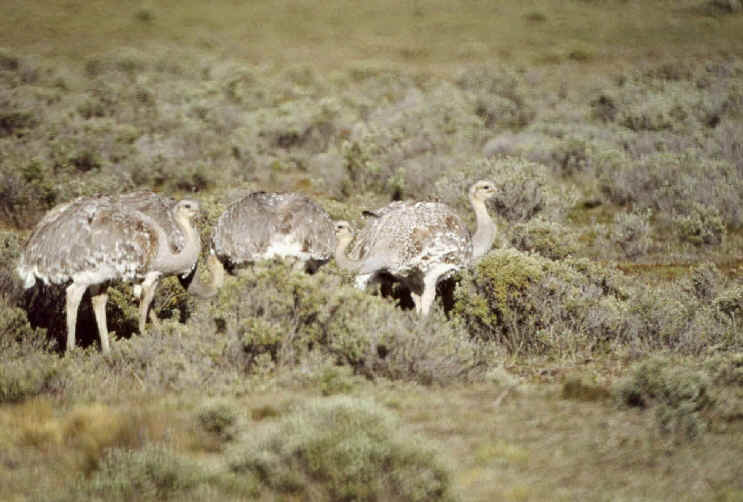
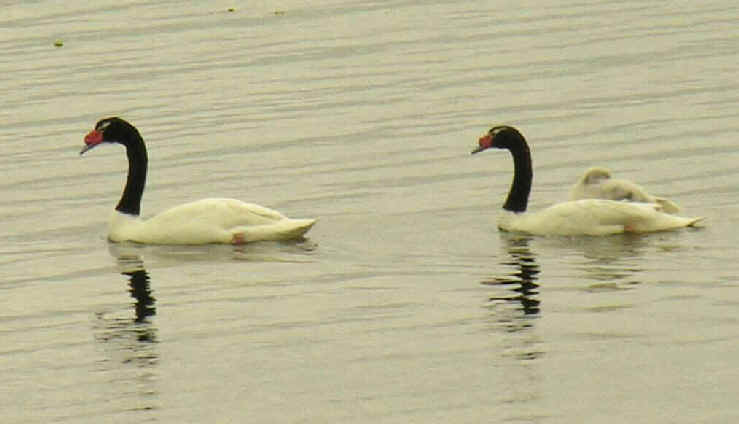

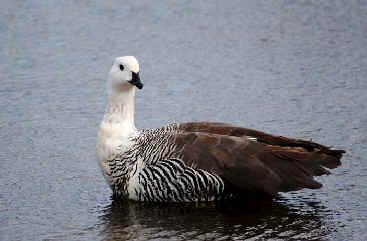

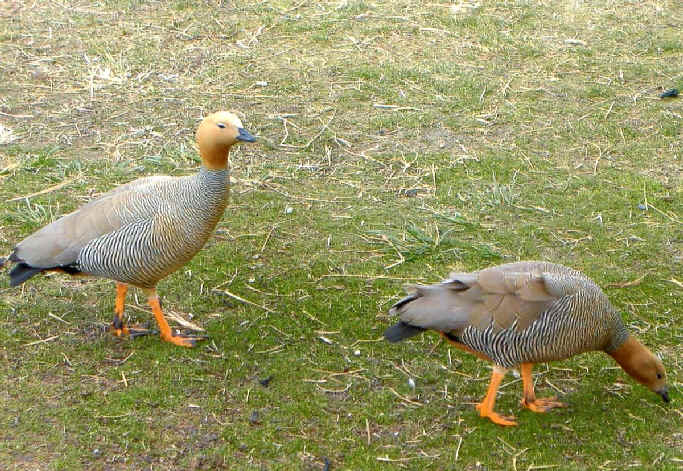
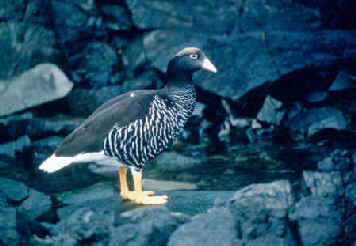
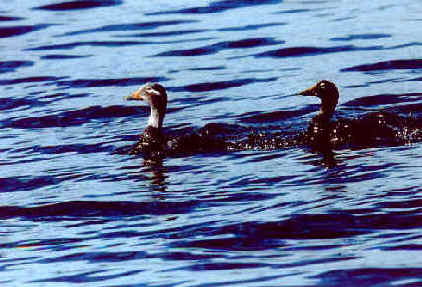
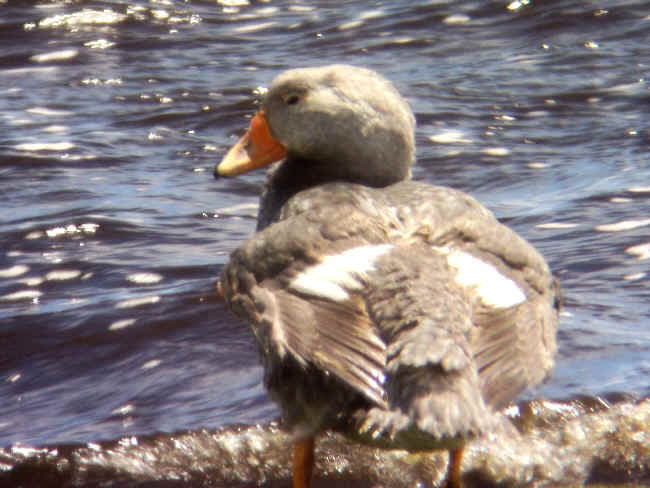
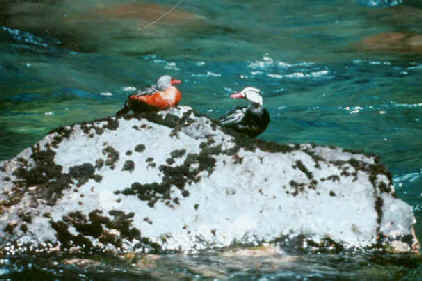
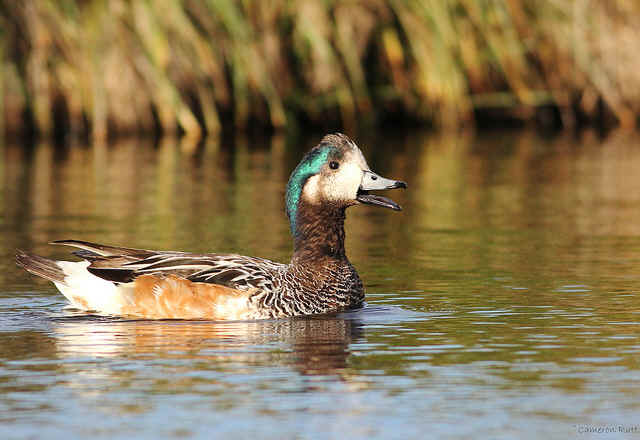
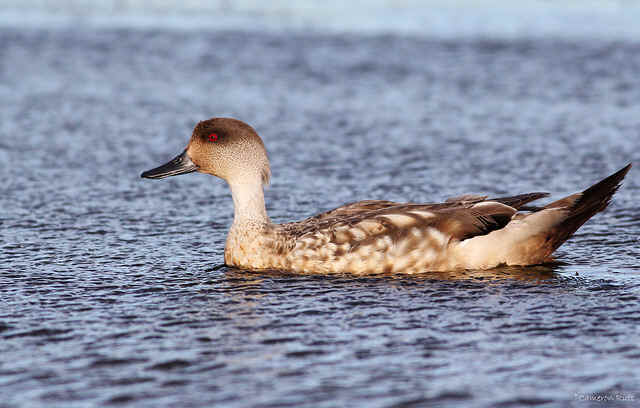
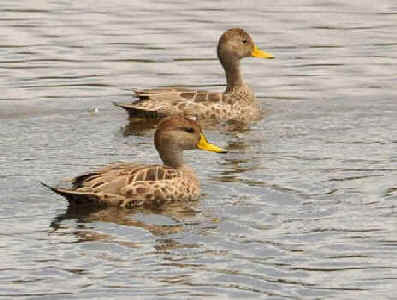


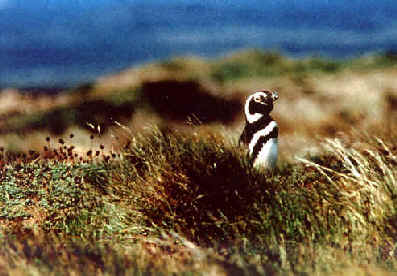
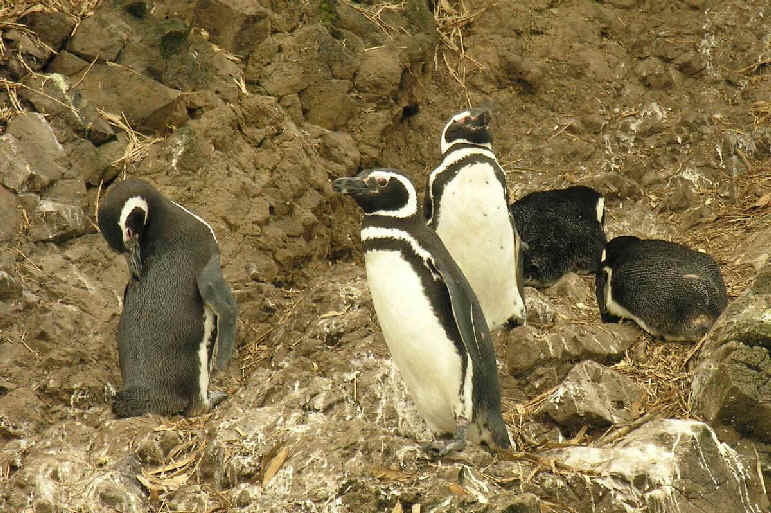
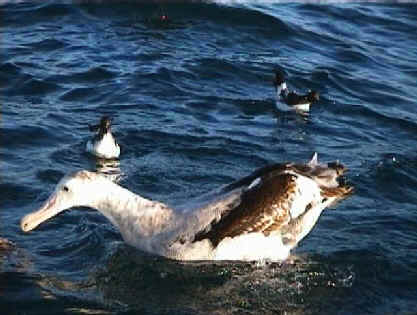
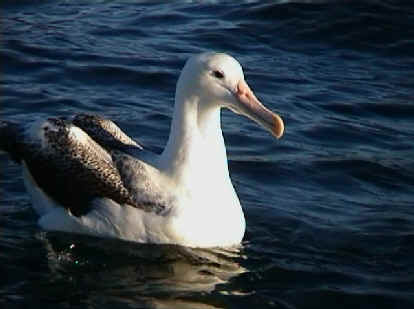
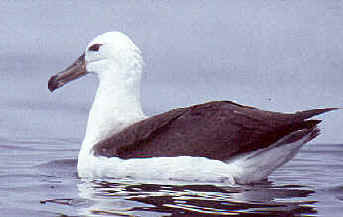
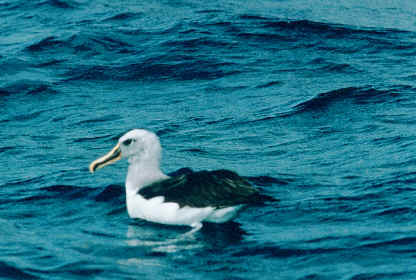
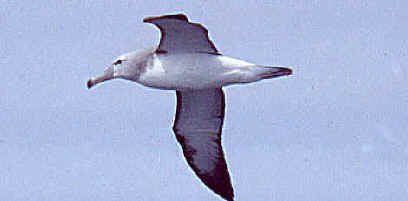
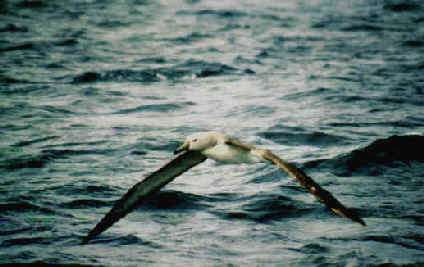
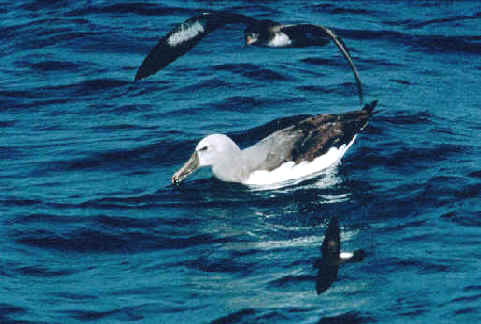

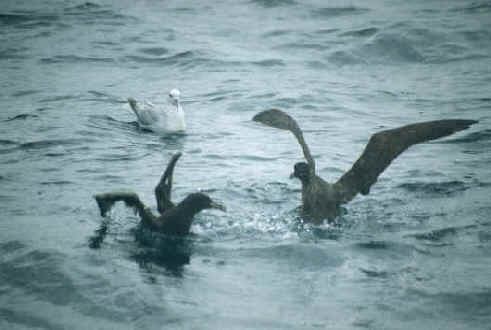
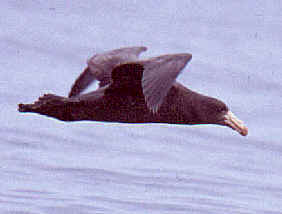
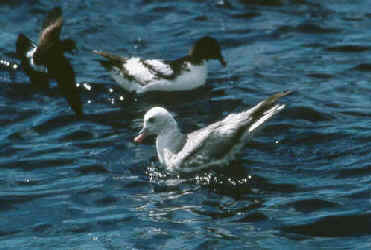
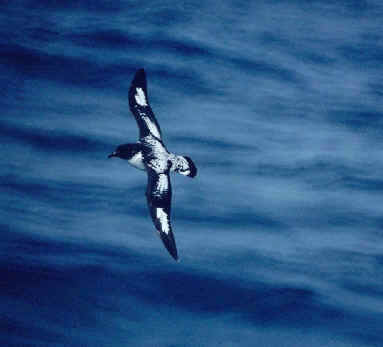
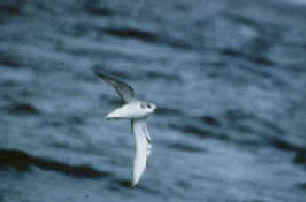
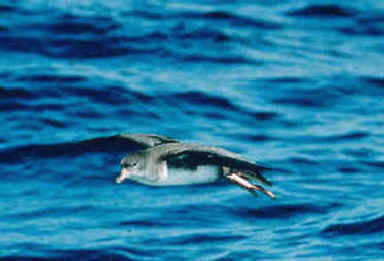
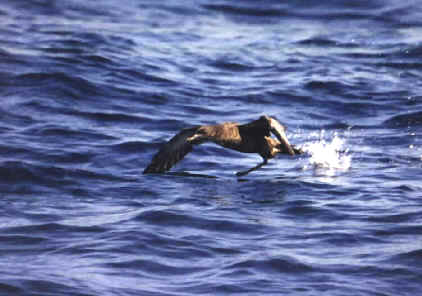
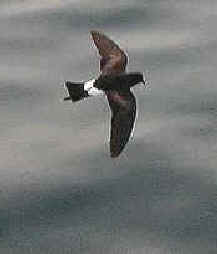
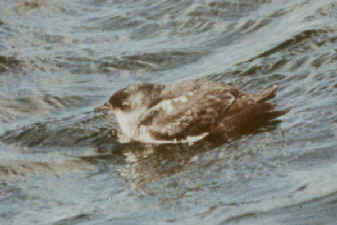
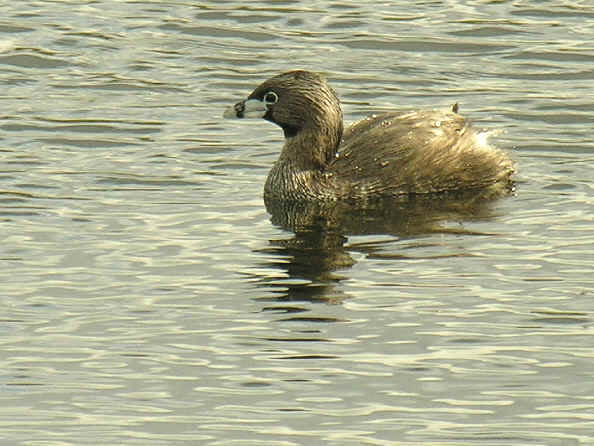
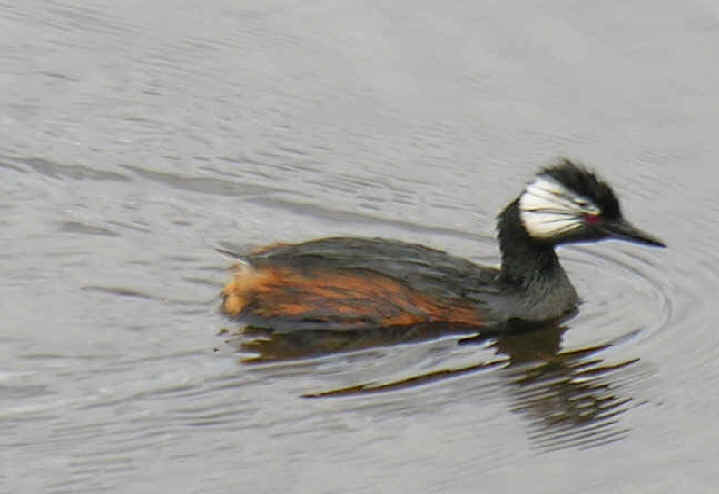

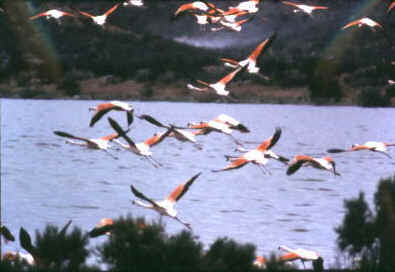

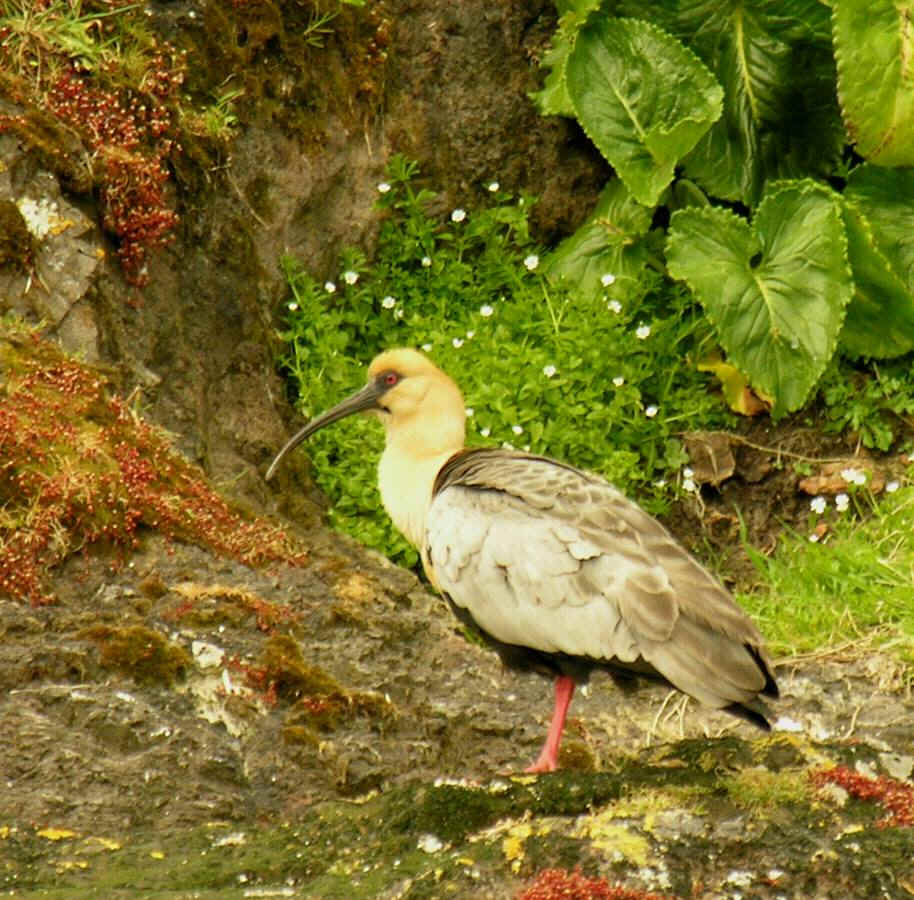
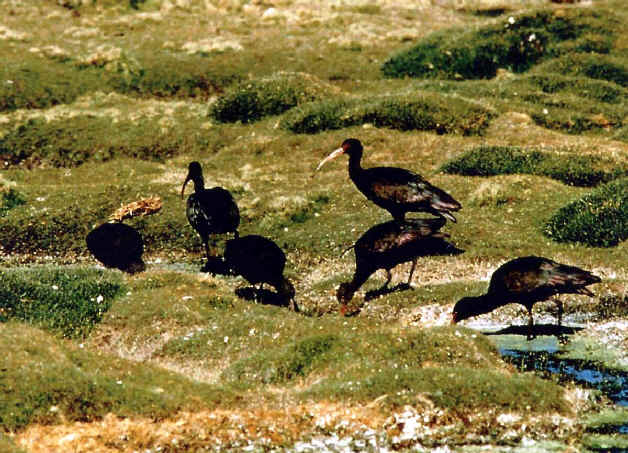
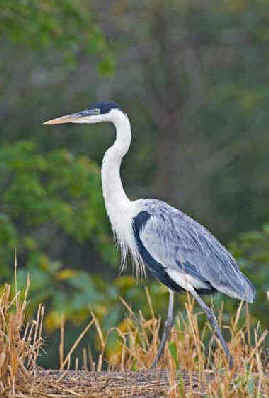
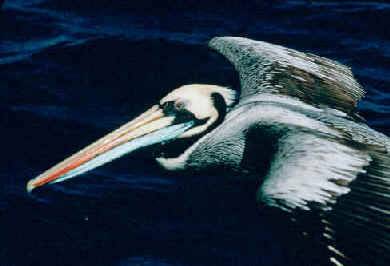
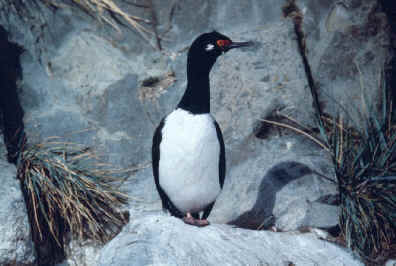
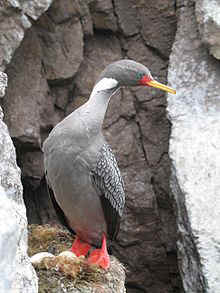
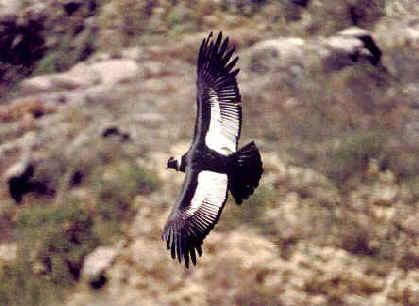

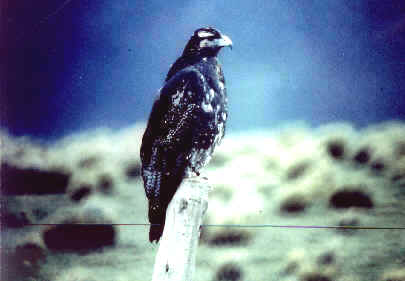
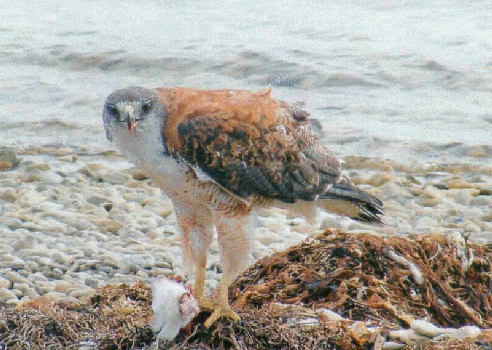
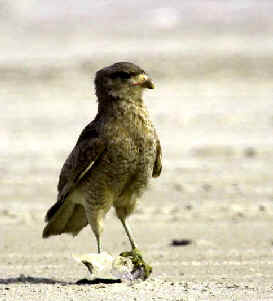
Notes:
2 Northern Royal Albatrosses were
seen closely during our 2007 pelagic trip from Valparaiso.
A few years
previously, the similar Southern Royal Albatross
was seen, also closely to the boat, a single bird, during our 1999 Valparaiso
pelagic trip.
A Royal Albatross (either Northern or Southern) had been seen during
our Valparaiso pelagic the previous year, at a
distance.
The 15 Waved (or Galapagos) Albatrosses seen during the Nov 27, 1997 pelagic trip off Arica represented the first firm record of that species off Chile. The species was photographed that day.
Not confirmed by a photograph, but
the probable Townsend's Shearwater off Arica Nov 27, 1997
would a first-sighting for Chile.
![]()